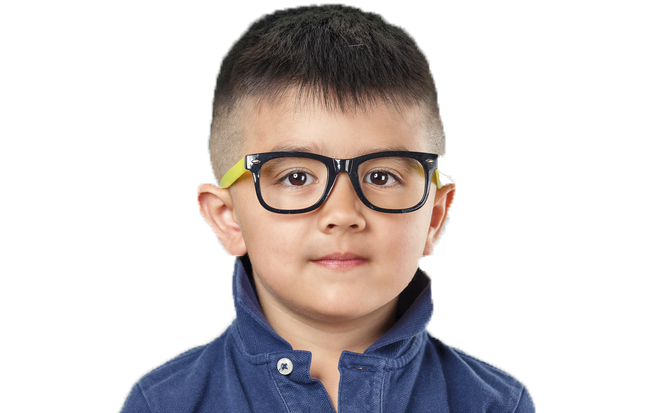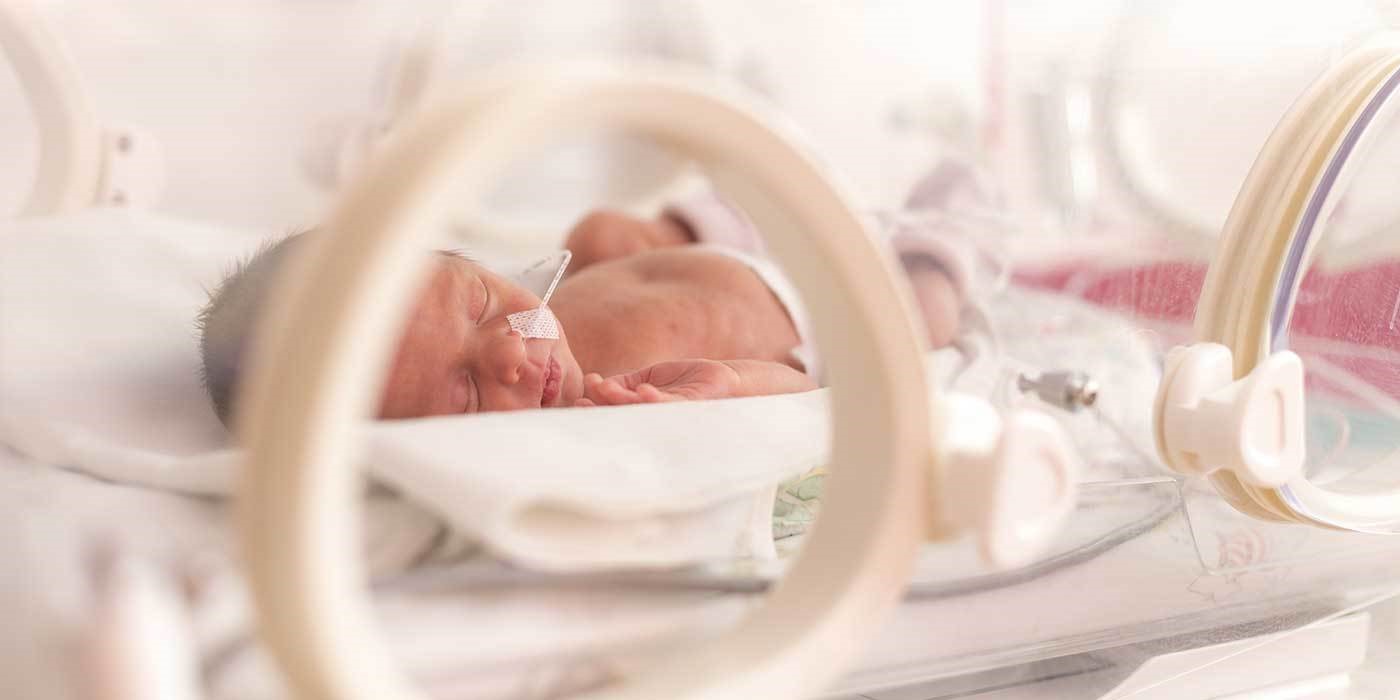What causes lazy eye ?
-
Most commonly caused by squint (strabismus amblyopia) where two eyes are misaligned.
-
High refractive error or somebody with different refractive errors between eyes. (anisometropic amblyopia). This can lead to poor vision in the absence of a noticeable squint and may not be detected unless vision is specifically tested for each eye.
-
Certain eye diseases like congenital cataract could cause lazy/ eye if not corrected early.
How do you treat a lazy eye?
Here, we use a combination of glasses, eye patches, and atropine eye drops. Treatment to improve the vision in an eye, which is lazy or amblyopic, is usually effective until about seven years of age.
Glasses can help and should be worn full-time. If glasses are worn, the patch should be worn under the glasses, but sometimes, when the vision has started to improve, the patch can be worn on the glasses. In some cases, particularly if the child cannot wear a patch, special eye drops can be used to blur the vision in the good eye.
What is an eye patching treatment?
A patch will cover the good or straight eye to ensure that the child uses their eye with poorer vision and allow the vision to improve. The patch is usually used with any prescribed glasses. Detailed work activities such as coloring, reading or schoolwork should be undertaken during patching. This will achieve maximum effect and help the child comply with patching because it distracts attention from the patch. Perseverance with patching is vital.
How does a patch affect the squint?
Patching purely improves vision by making the brain use the amblyopic eye. The unpatched eye will appear to be straight while the patch is worn. Sometimes when the patch is removed the squint may be temporarily more noticeable, but later returns to the pre-patching position.
How long should the patch be worn?
The length of time the patch needs to be worn depends on how bad the vision is and on the age of the child. The treatment is continued until the child's vision improves or has reached satisfactory acuity.
Atropine eye drops
Another way of getting a lazy eye to work is putting atropine drops into the good eye to blur the vision and make the weaker eye work harder.
Why is treatment important?
Amblyopia is most successfully treated before seven years of age. After that, the eyes and the brain became too mature to change. Later attempts to treat are difficult and might not be successful.
Why do you need to see a paediatric ophthalmologist?
We know that children do not always understand why they need to cover their good eyes and treatment can be difficult. Give lots of praise when the patch is worn well and be ready to distract your child’s attention to prevent the patch being pulled off. Your consultant is very experienced in dealing with children who have amblyopia and can advise you about carrying out the treatment at home as effectively as possible. If it is not treated, the vision in that eye will be permanently impaired, so it is very important. that you try really hard to follow the instructions given by your child’s doctor or consultant.
View Images
Meet our specialist
Dr Norazah Abdul Rahman
Designation
Consultant Ophthalmologist, Paediatric Ophthalmologist and Strabismus Surgeon
Specialty
Ophthalmology,
Paediatrics Ophthalmology & Strabismus Surgery








